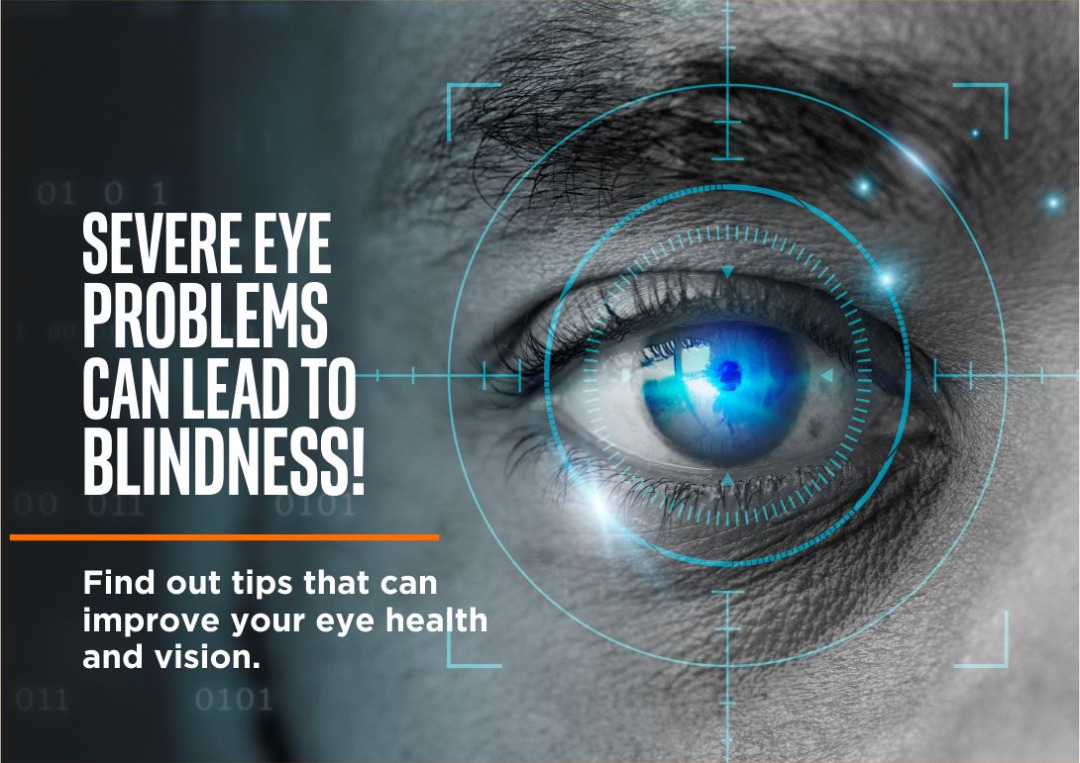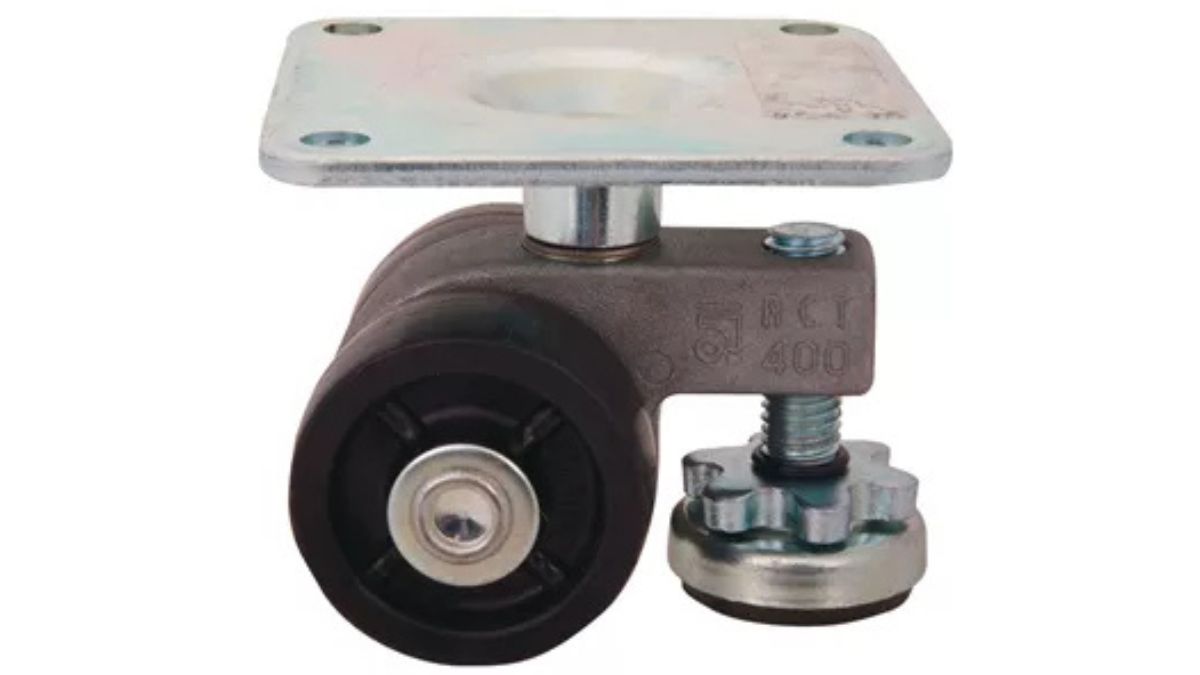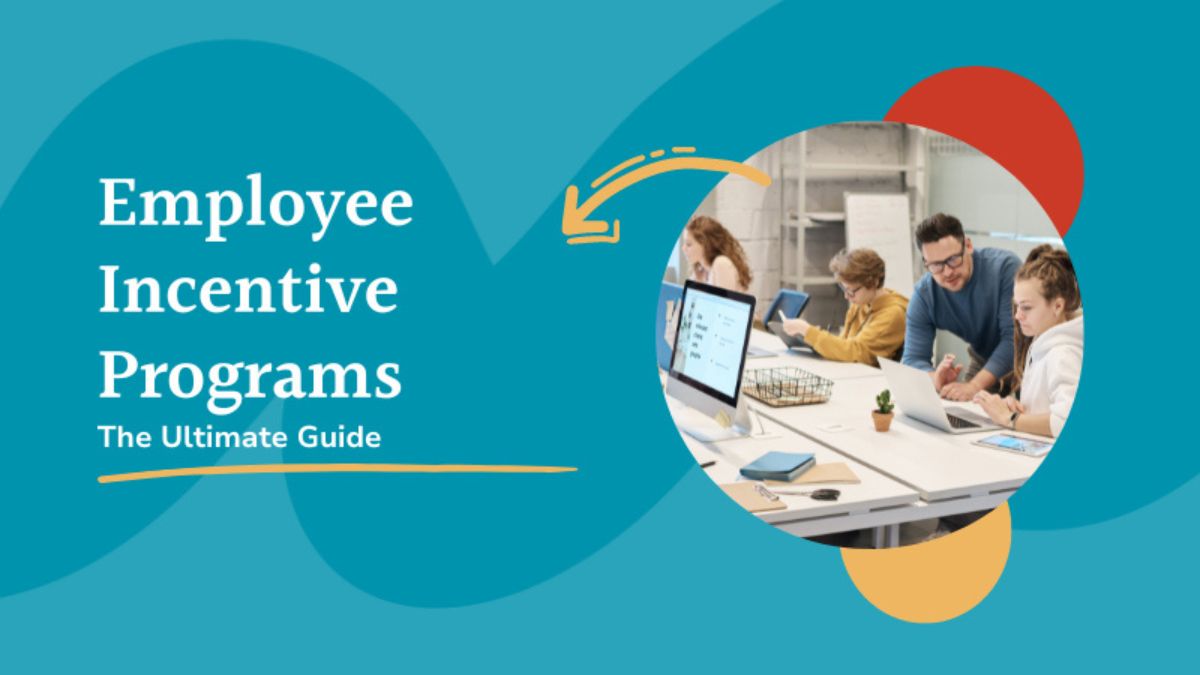Introduction to Family Eye Health
Good eyesight is a crucial aspect of overall well-being for people of all ages. Eyes, often called the “windows to the soul,” are essential to our health. Implementing preventive measures and healthy habits can significantly improve eye health for everyone in the family. Promoting routine eye exams, ensuring balanced nutrition, or using protective eyewear, these actions help safeguard vision and overall quality of life. Families benefit most by understanding how lifestyle choices impact their eyes and how professional guidance from healthcare experts can make a lasting difference for each family member.
Importance of Regular Eye Exams
Eye exams are foundational in the maintenance of eye health. Much like a regular physical exam keeps track of one’s general health, routine eye assessments can detect issues like glaucoma, cataracts, and macular degeneration before the symptoms become apparent or severe. These exams act as preventive medicine, allowing conditions to be caught early, thereby facilitating timely intervention. The American Academy of Ophthalmology emphasizes the importance of a regular eye exam or checkup to monitor vision changes over time. This enables accurate prescriptions and personalized guidance on preventive care suited to individuals across various life stages—whether for a school-aged child, an adult coping with presbyopia, or an elderly family member at risk for age-related vision issues.
Healthy Habits for Children
With their growing bodies and developing visual systems, children require special attention regarding eye health. Open communication with educators and regularly scheduled vision tests can help identify any vision issues early that might impact a child’s learning and development. Alongside this, encouraging children to engage in regular breaks from screens and to spend time outdoors wearing sunglasses can help diminish eye strain and protect against harmful UV rays. Introducing these habits early on can foster long-term benefits, allowing children to grow into adults with strong, healthy vision.
Eye Care in the Digital Age
Managing digital exposure has become essential to eye health in an era where digital devices serve as educational tools and entertainment sources. With screens ubiquitous in our daily lives, from school assignments to social interactions, children and adults must adopt habits that protect their eyes from strain. One effective method is the 20-20-20 rule: every 20 minutes, take a 20-second break to focus on an object 20 feet away. This simple practice can greatly ease eye discomfort and prevent long-term strain-related issues.
Nutrition and Vision
Never underestimate the power of a balanced diet to maintain good vision. Nutritional choices directly impact eye health, playing a significant role in preventing degenerative conditions. A diet rich in vitamins C and E, zinc, lutein, zeaxanthin, and omega-3 fatty acids can support clear vision and overall eye health. Foods such as leafy greens, brightly colored vegetables, oily fish, and nuts are excellent selections in family meals, offering nutrients vital in maintaining optimal eye function. Nutrition keeps the eyes in check and contributes to every family member’s holistic health and well-being.
Eye Exercises and Physical Activity
Physical fitness benefits the eyes in myriad ways, as regular physical activity aids in maintaining vascular health, affecting blood flow to the retina and optic nerve. Regular exercise helps ensure that the eyes receive ample oxygen and nutrient-rich blood. Meanwhile, eye exercises can boost eye flexibility and strength. Simple practices, such as focusing on distant objects or rolling the eyes in different directions, can help reduce eye fatigue and tension. Although often overlooked, these exercises can be seamlessly incorporated into everyday life, offering a simple yet effective means to uphold family eye health over the long haul.
Managing Age-Related Eye Changes
As family members age, they may encounter natural changes in vision, such as presbyopia or cataracts. These changes, while common, need not impede one’s lifestyle. It’s important to address such changes proactively, whether by lifestyle adjustments, corrective lenses, or medical interventions when necessary. Through early intervention and tailored eye care solutions, many age-related ocular challenges can be managed to preserve a person’s vision and independence. Navigating these changes with awareness aids in maintaining the quality of life and autonomy well into the later years.
Protecting Eyes in Different Environments
Family members encounter various environments that pose unique challenges to eye health. Activities from skiing—where sunlight reflects intensely off the snow—to relaxing on a sun-drenched beach require appropriate protective eyewear to shield the eyes from UV damage and environmental irritants. Whether utilizing UV-blocking sunglasses on a sunny day or sport-specific goggles during engagement in physical activities, these protective measures are crucial in safeguarding eye health against environmental harm. Prioritizing eye protection across different settings helps maintain optimal vision and overall eye wellness for the entire family.










